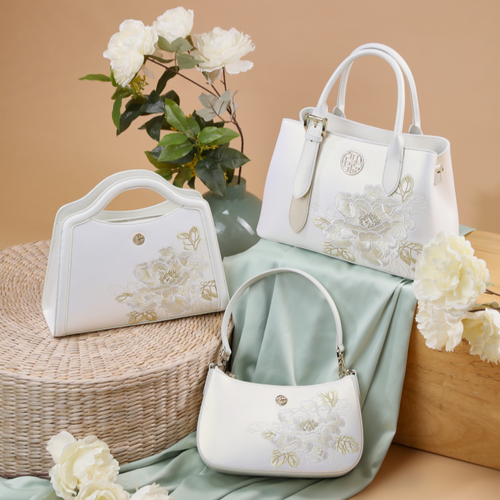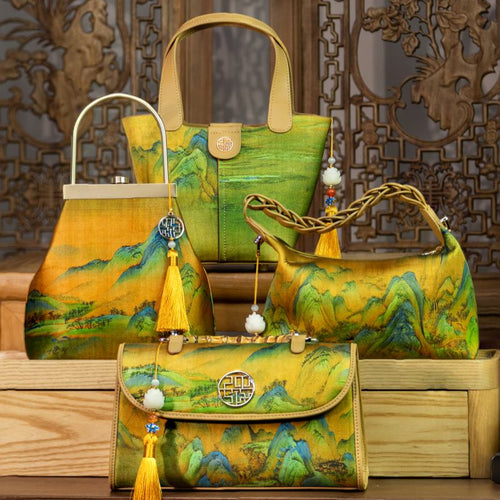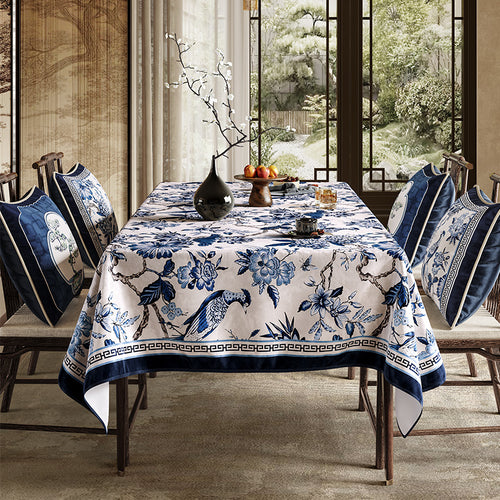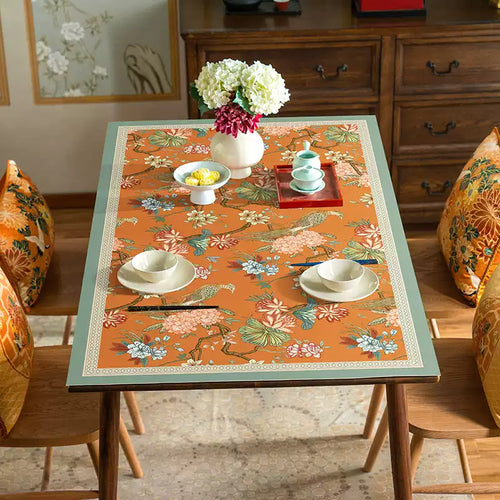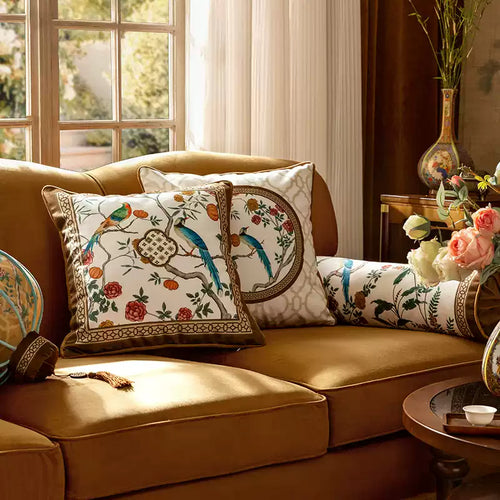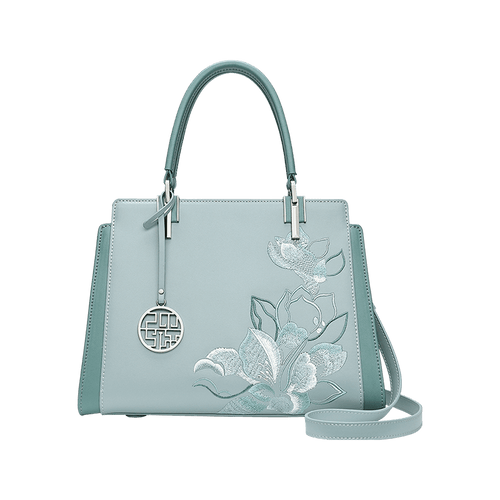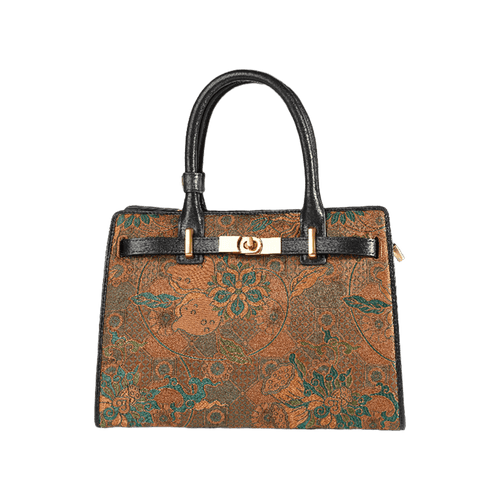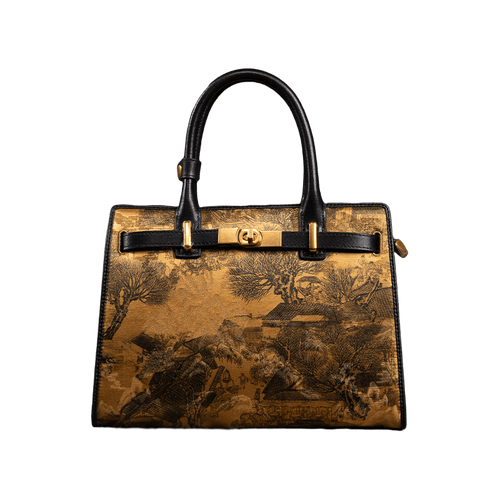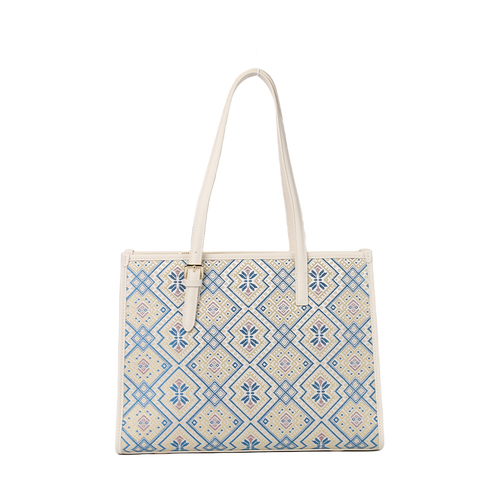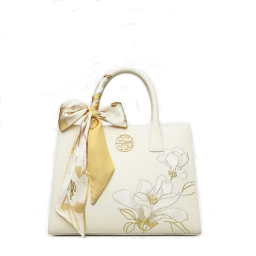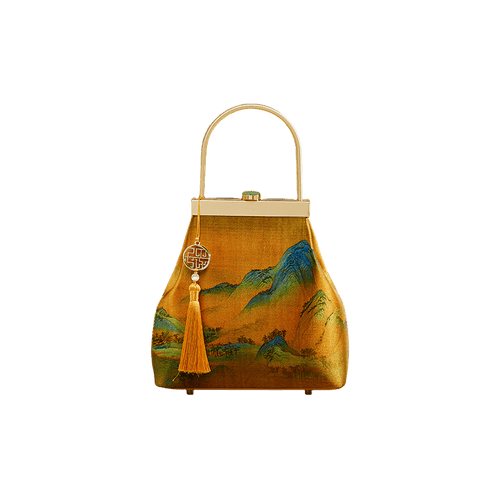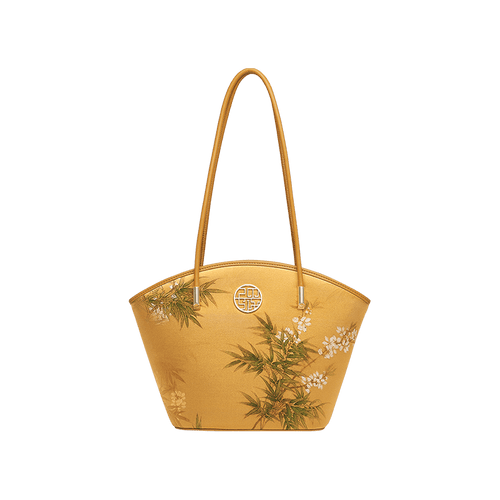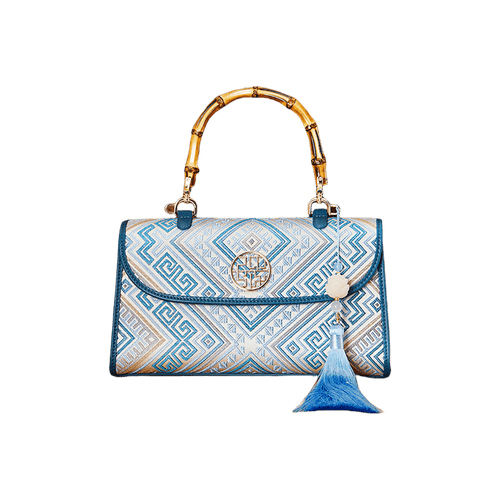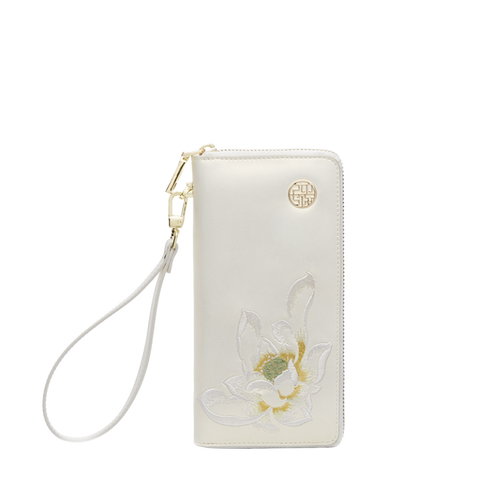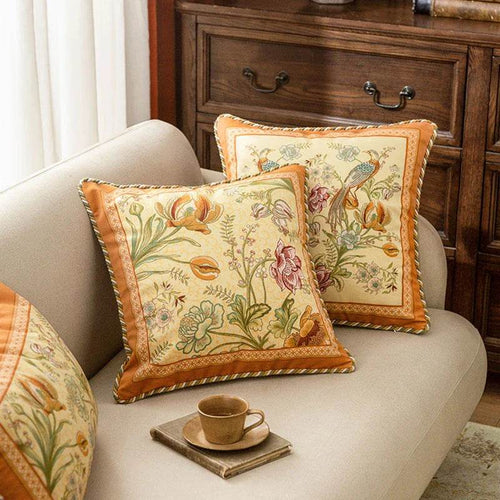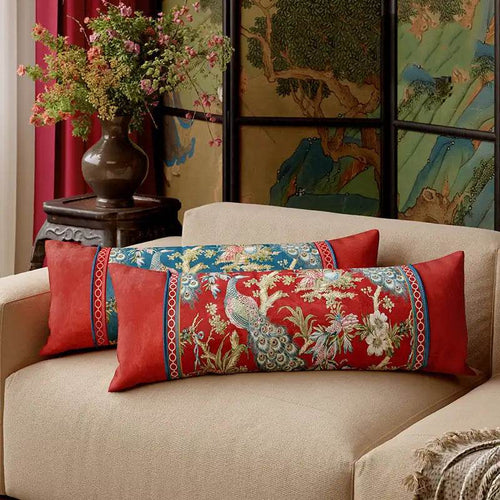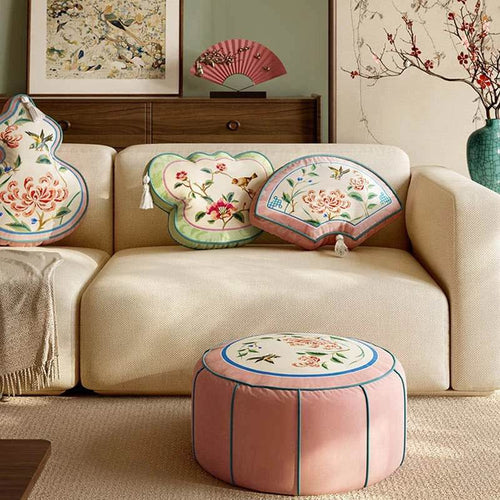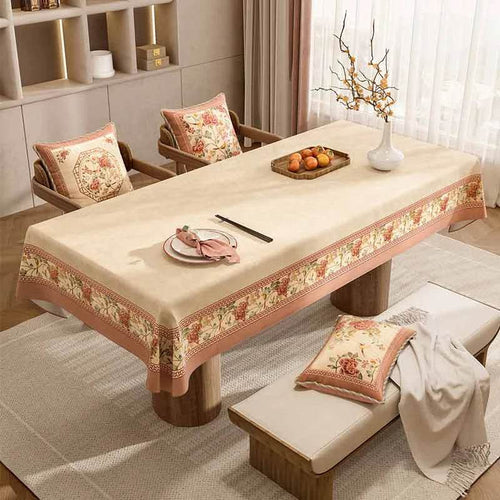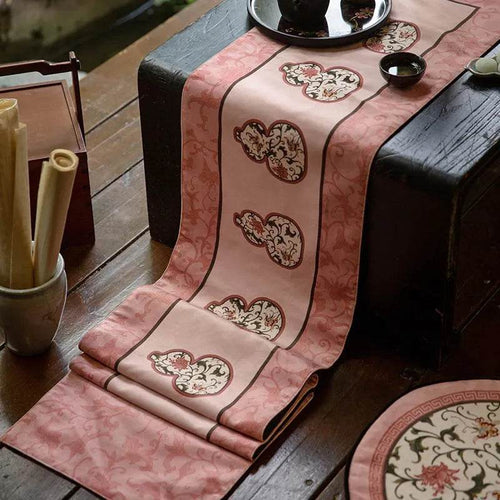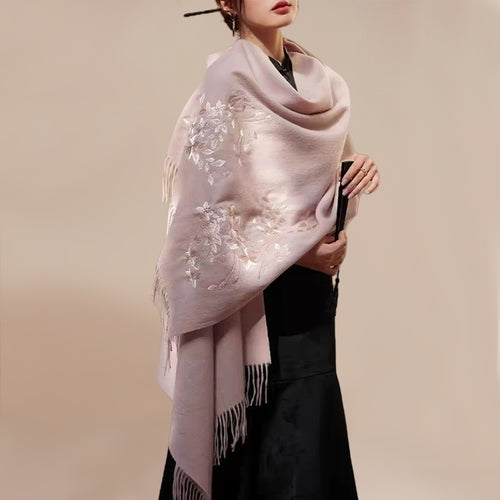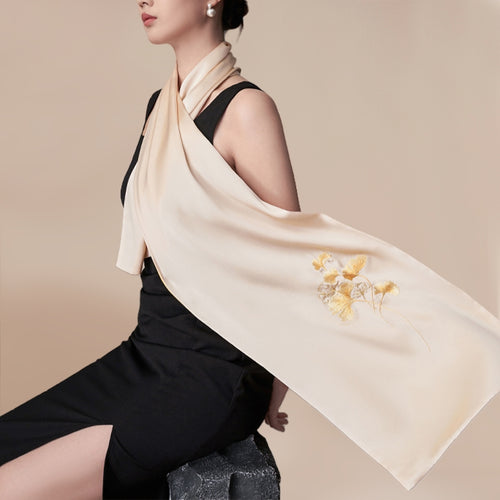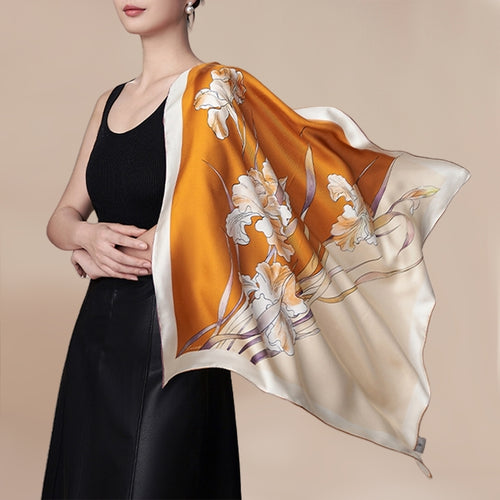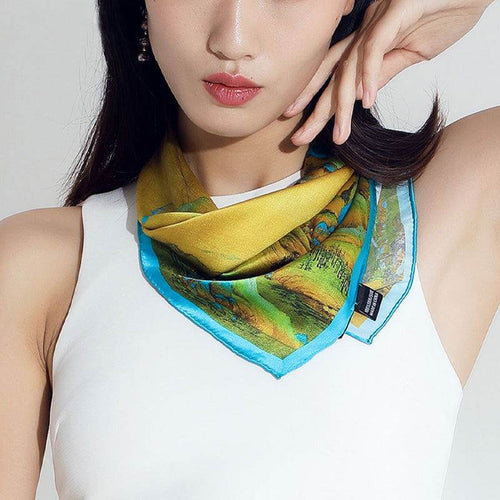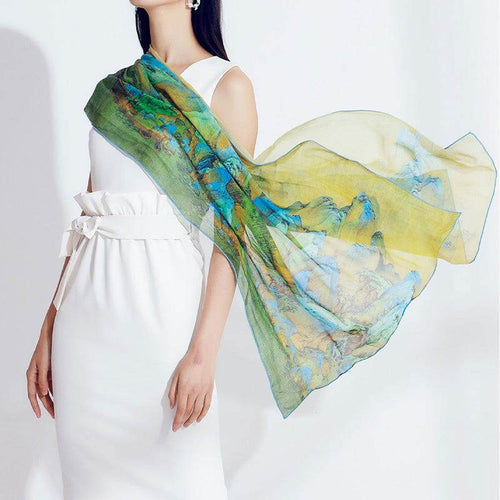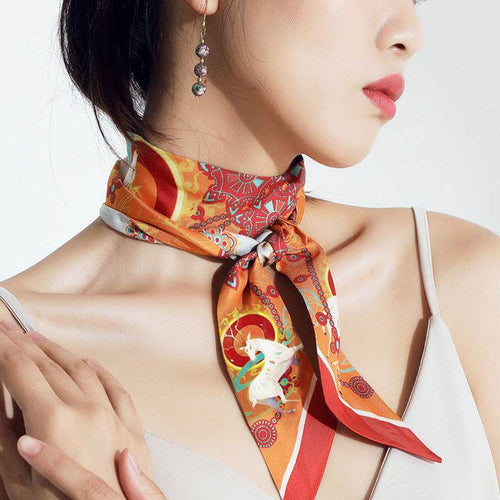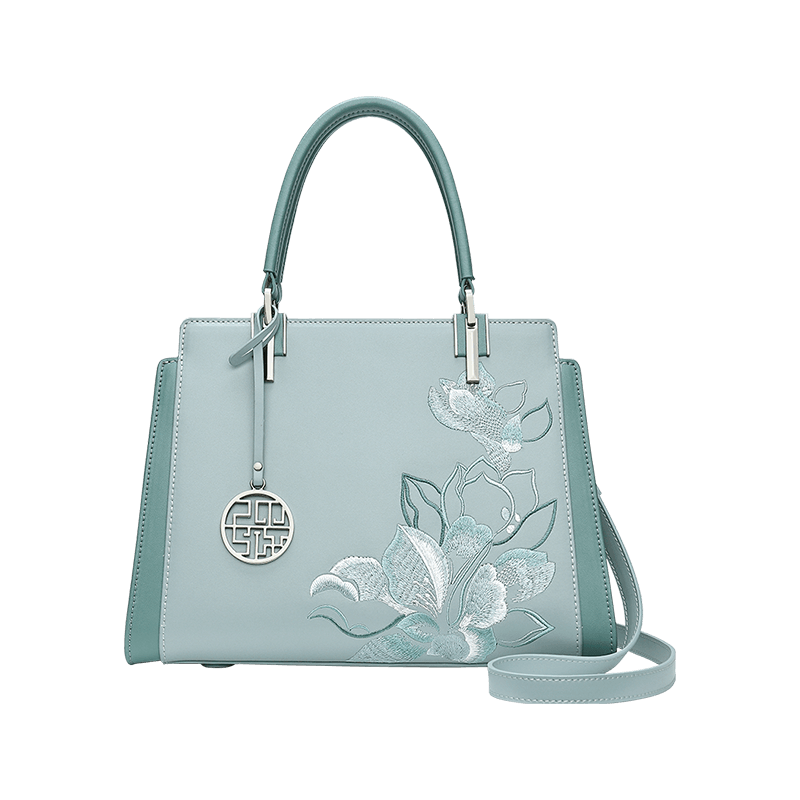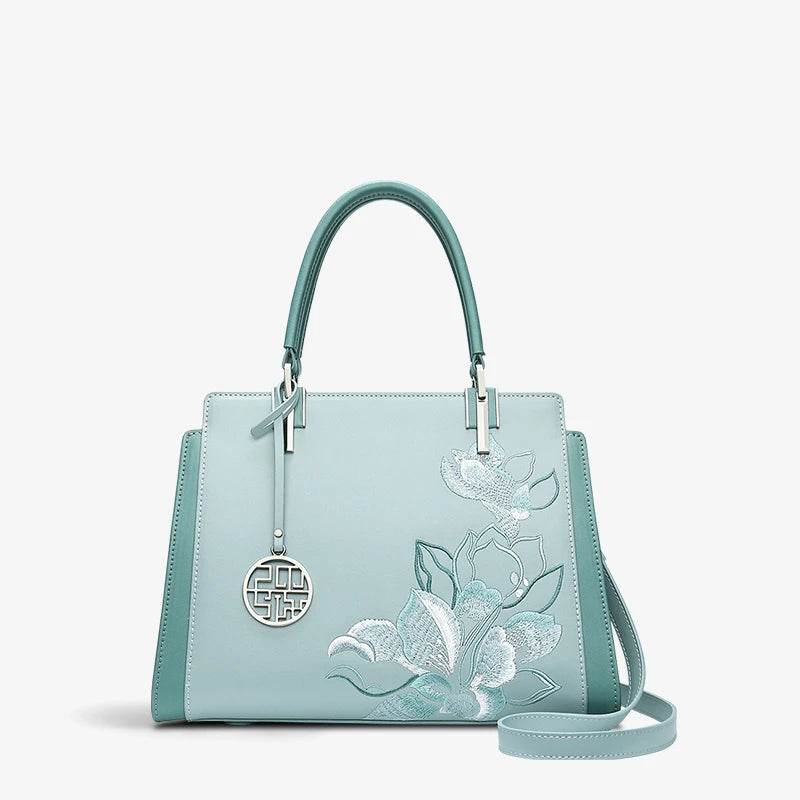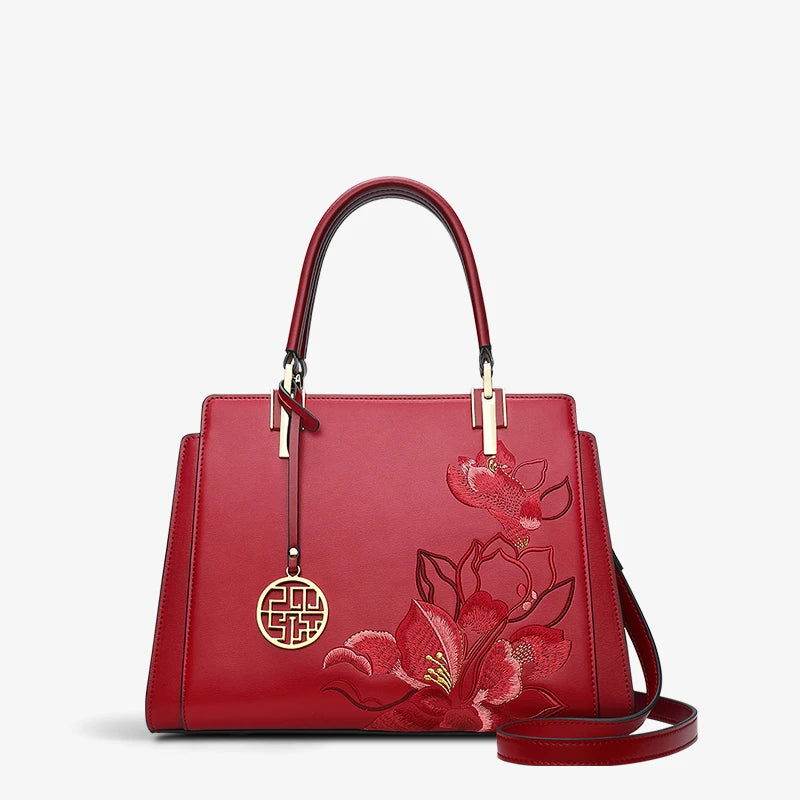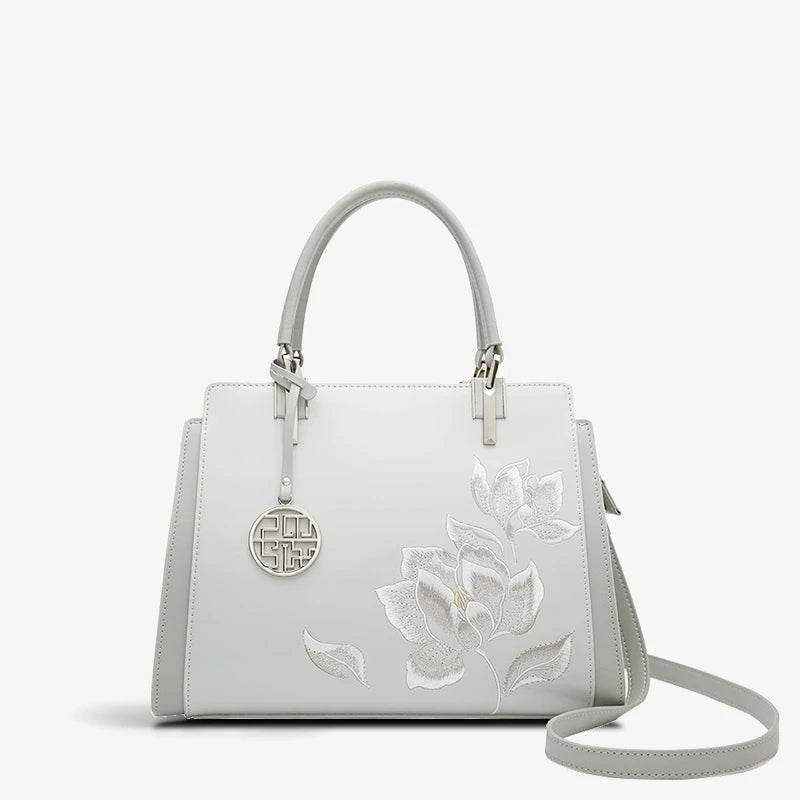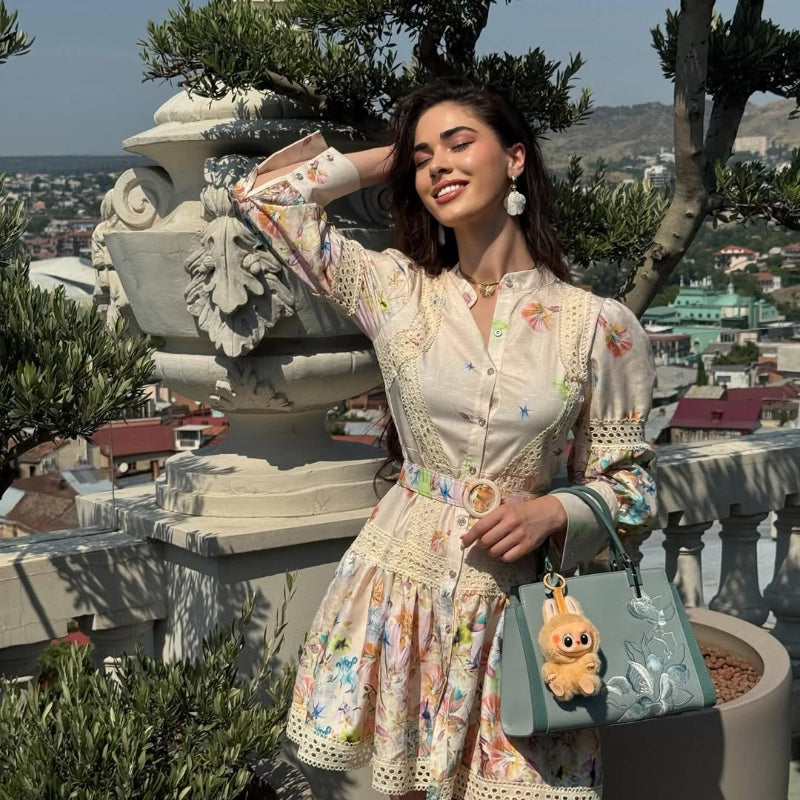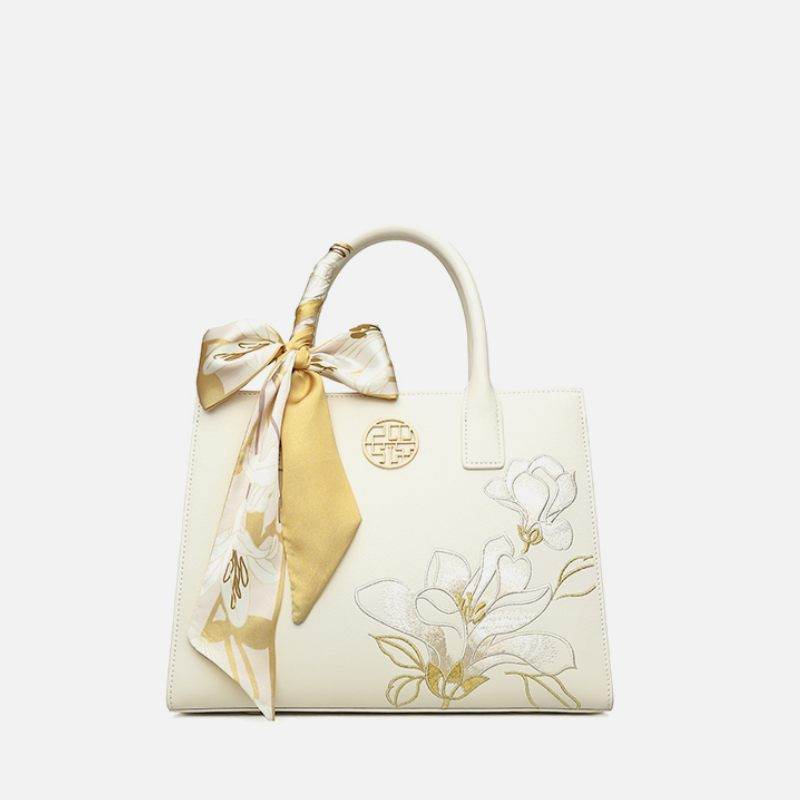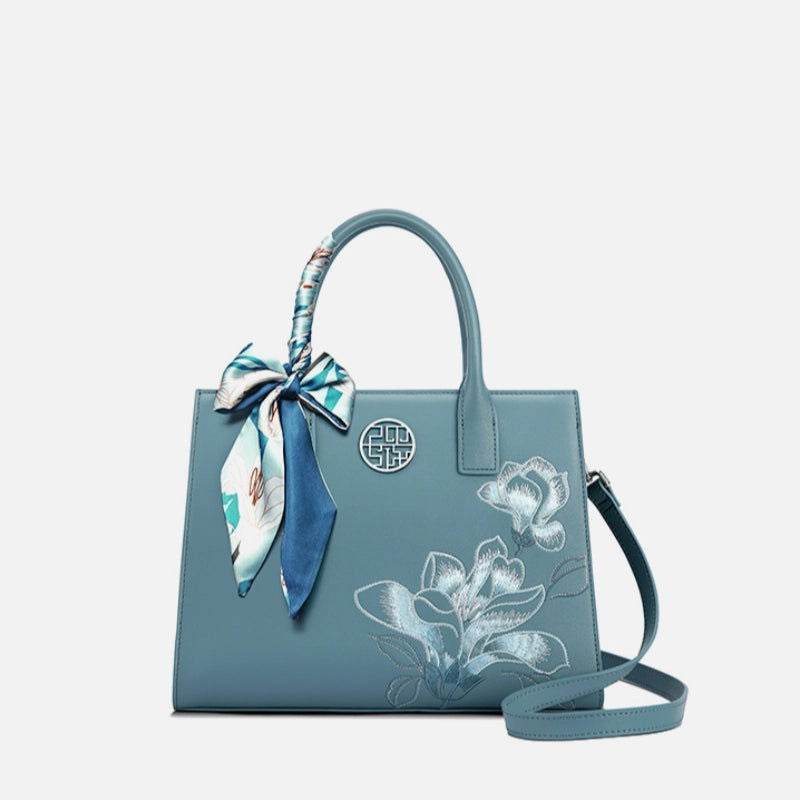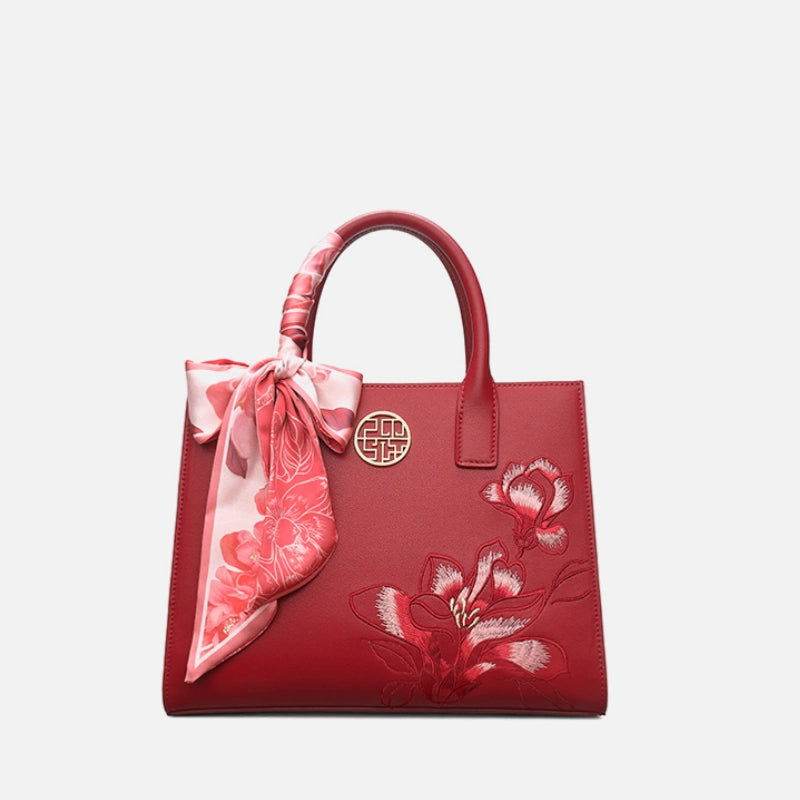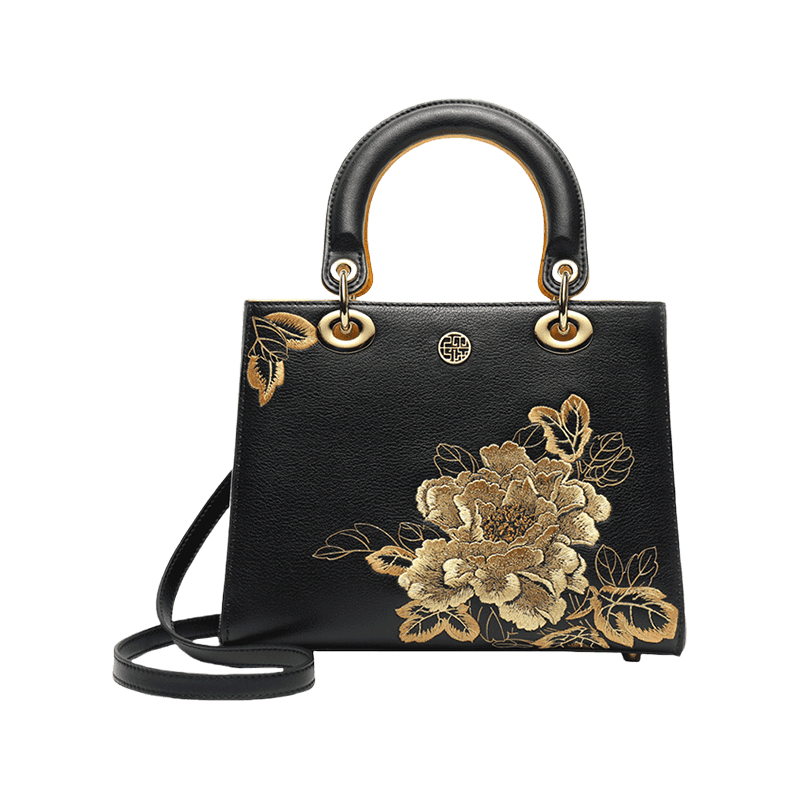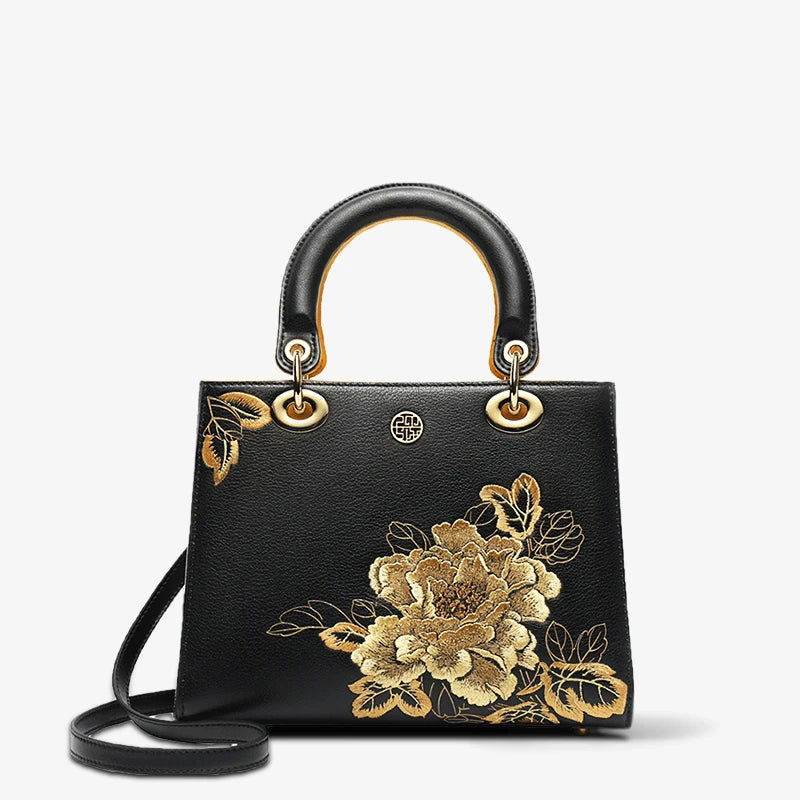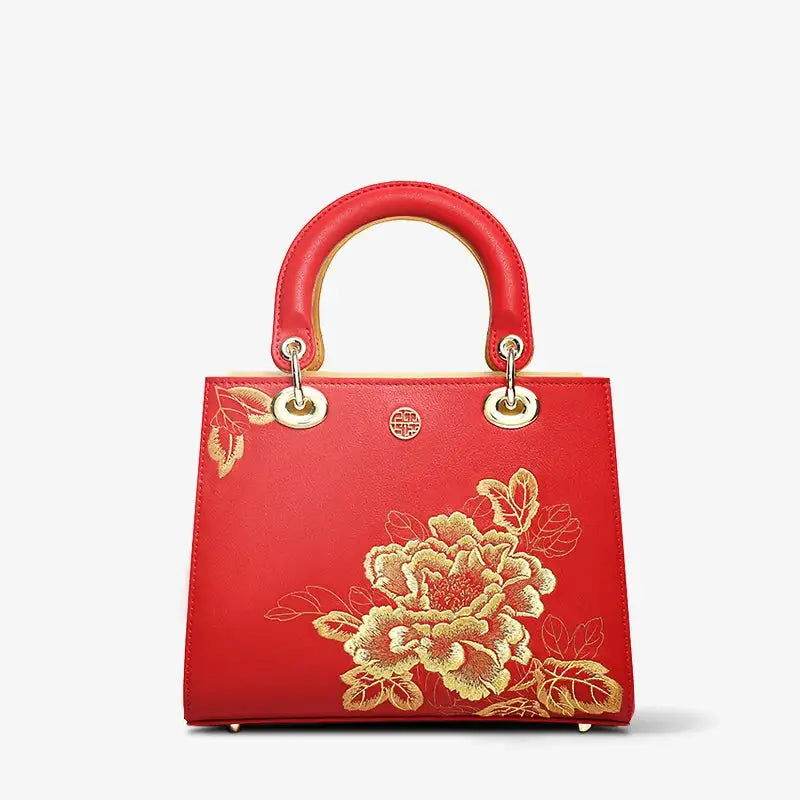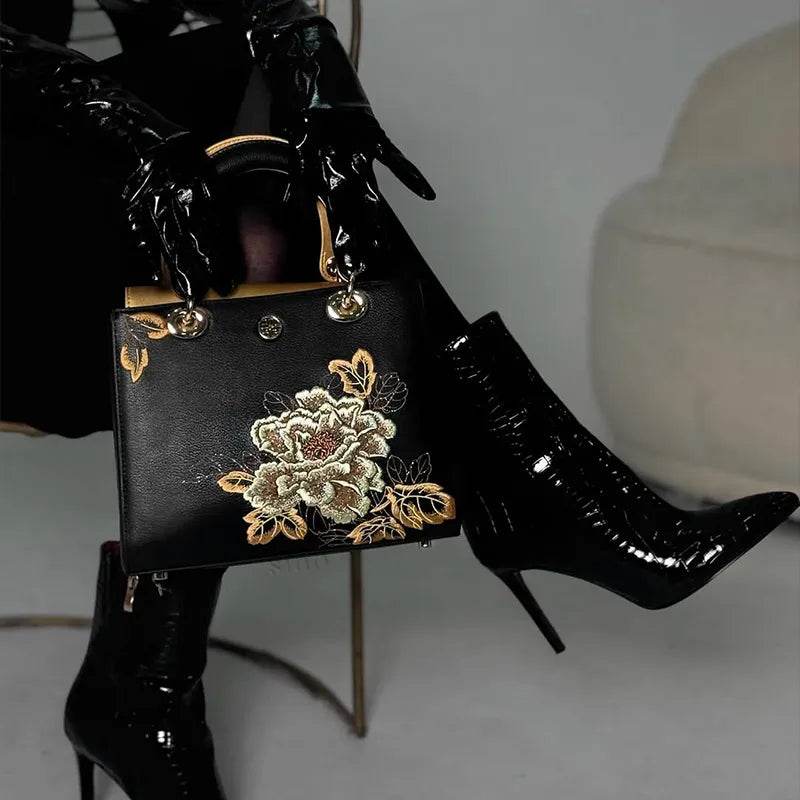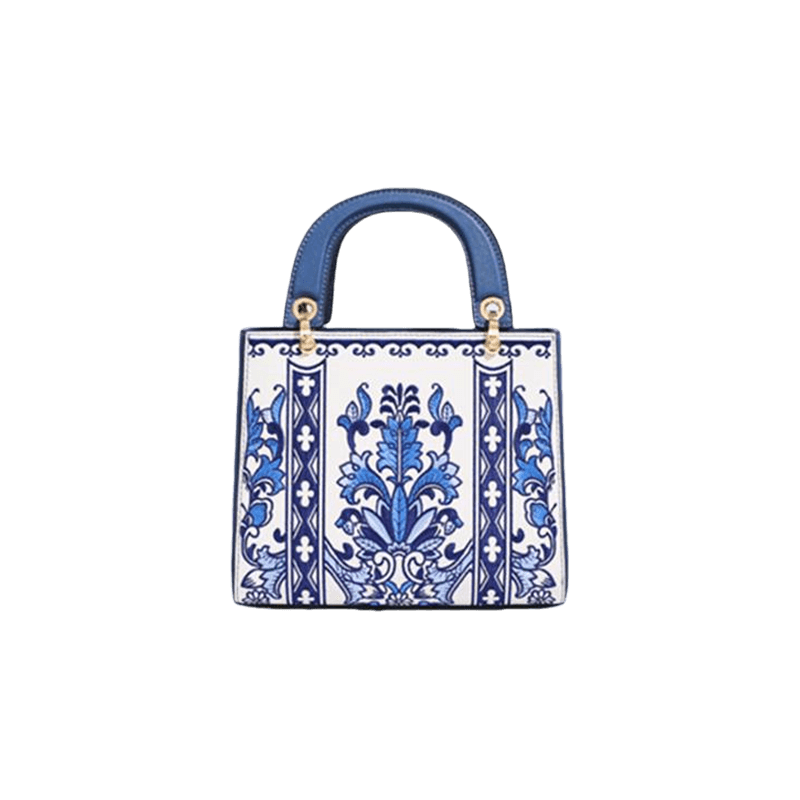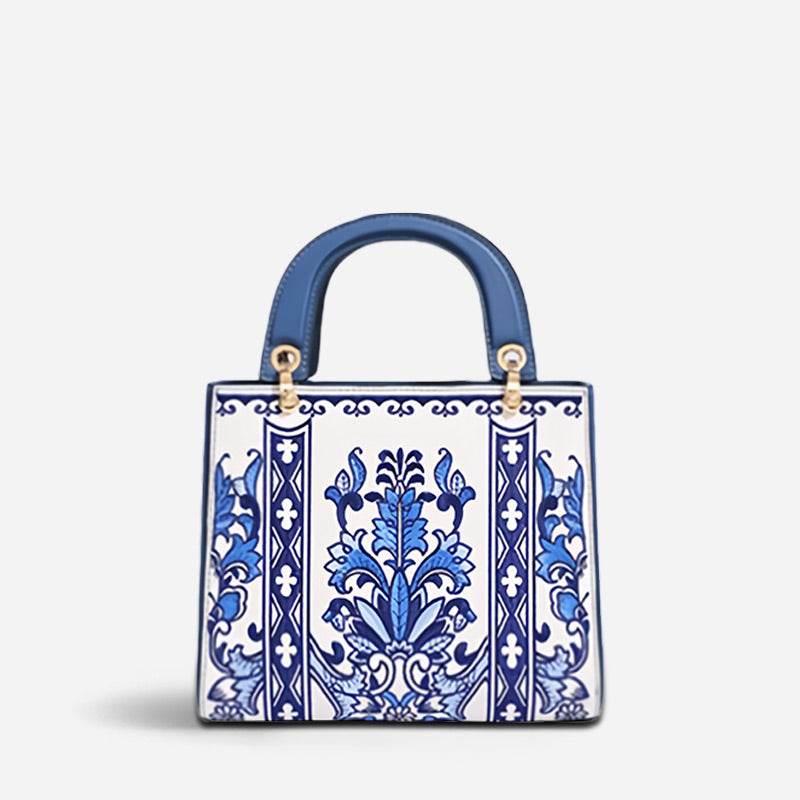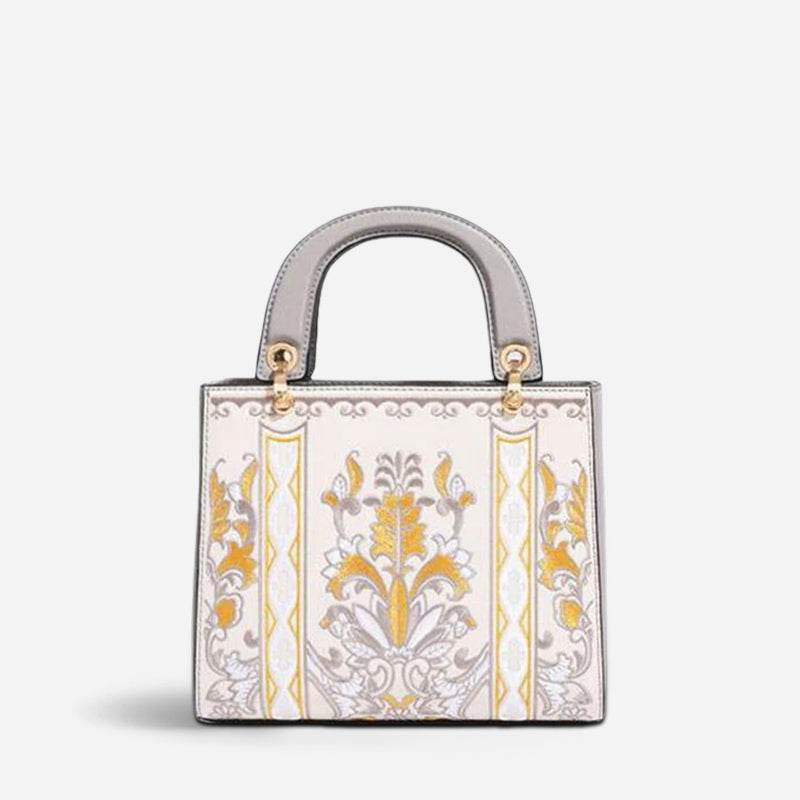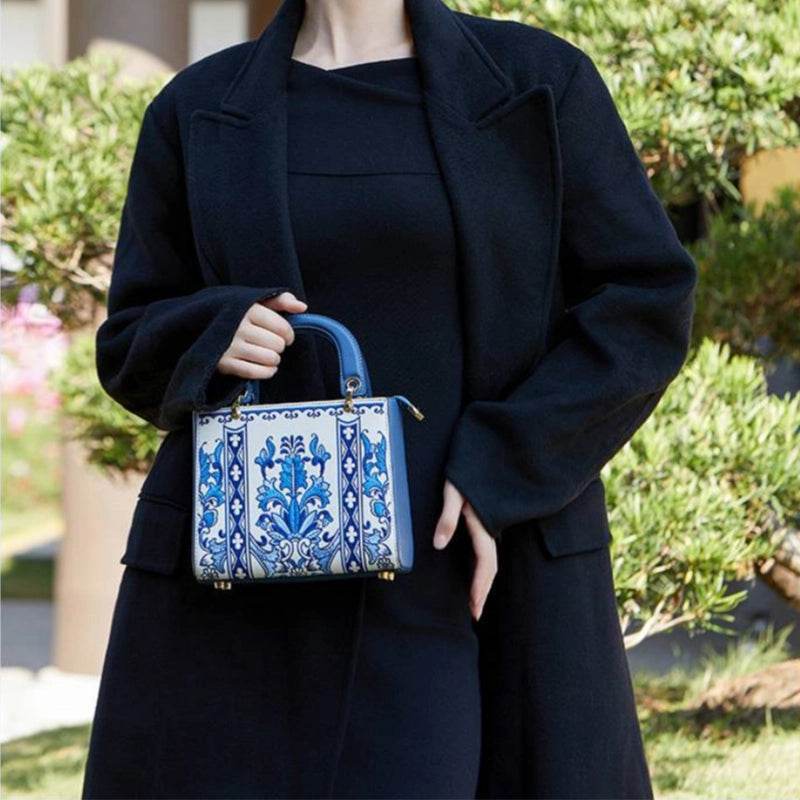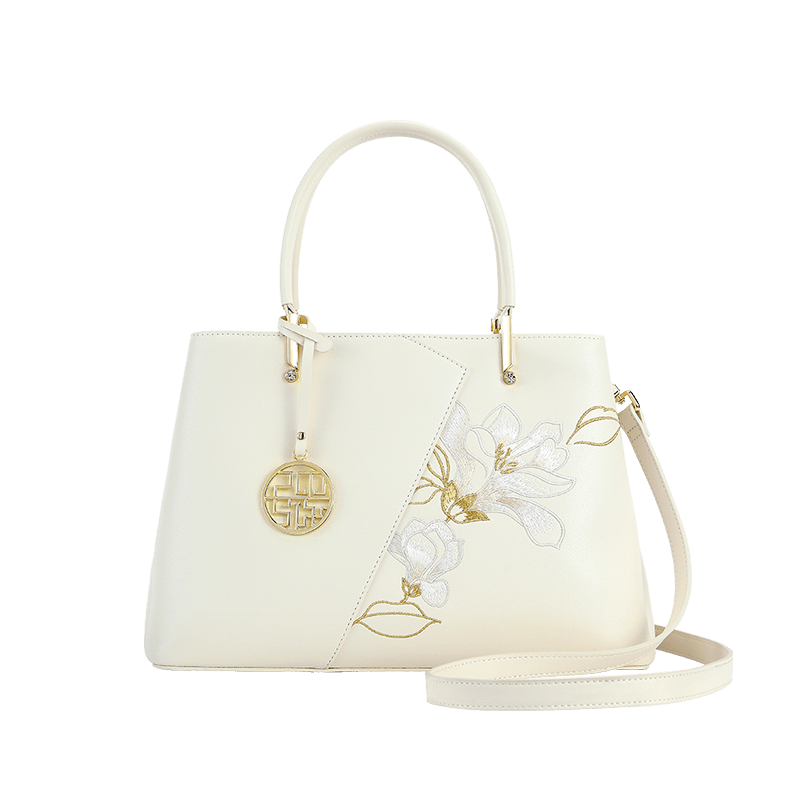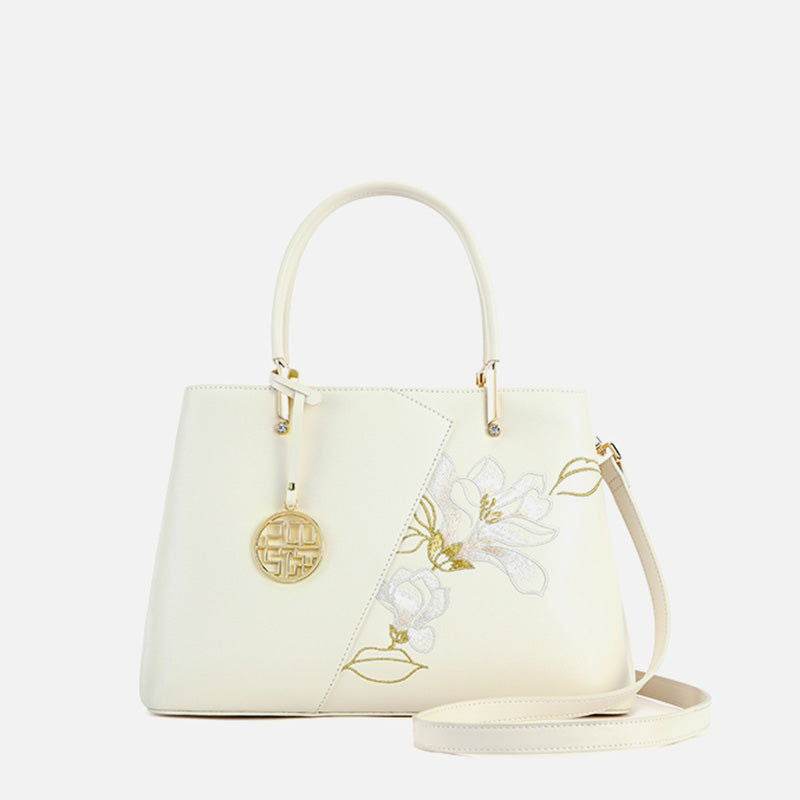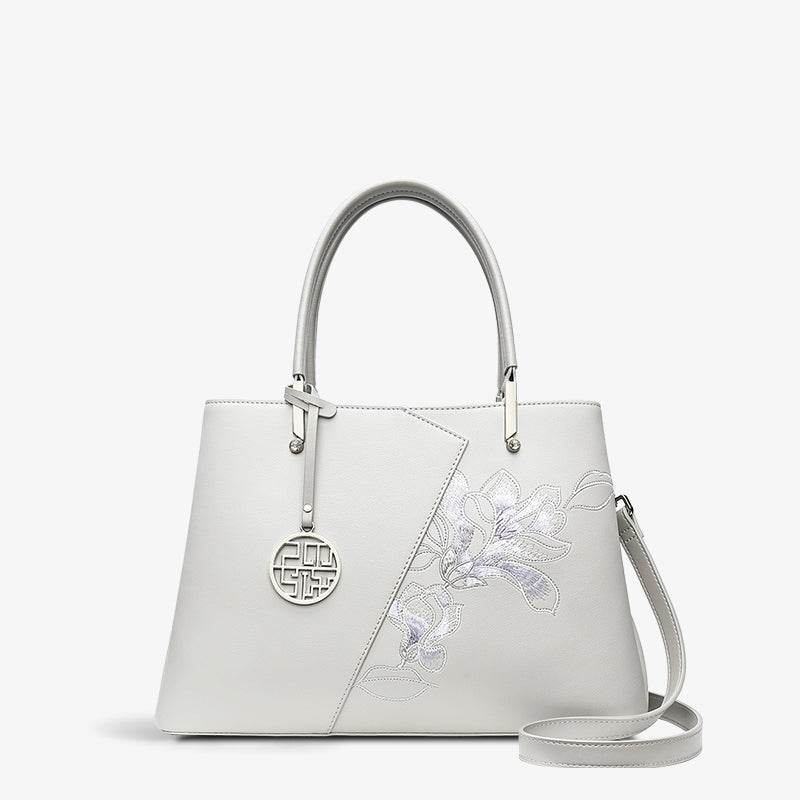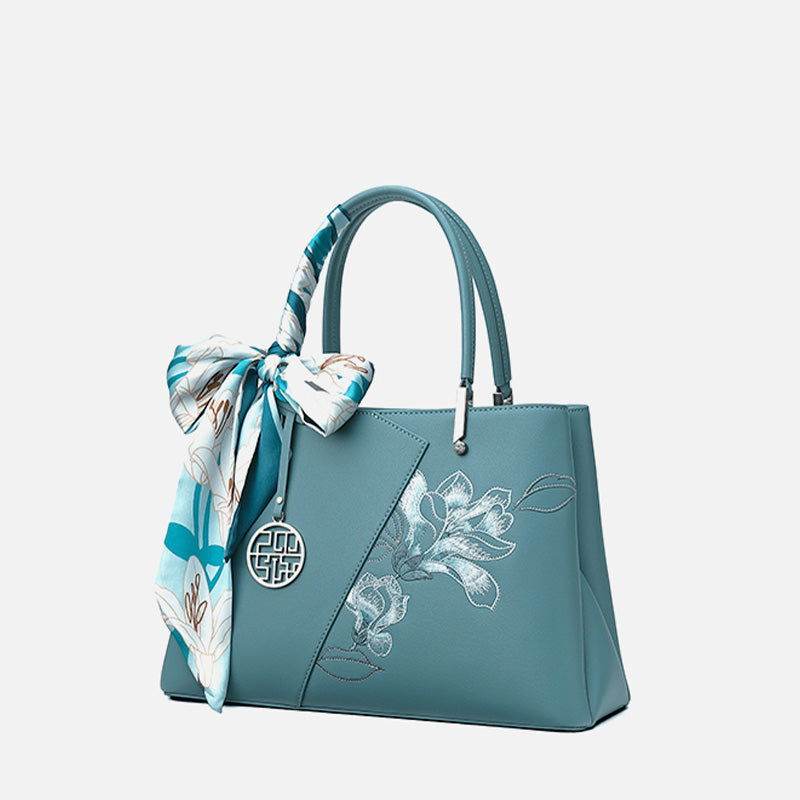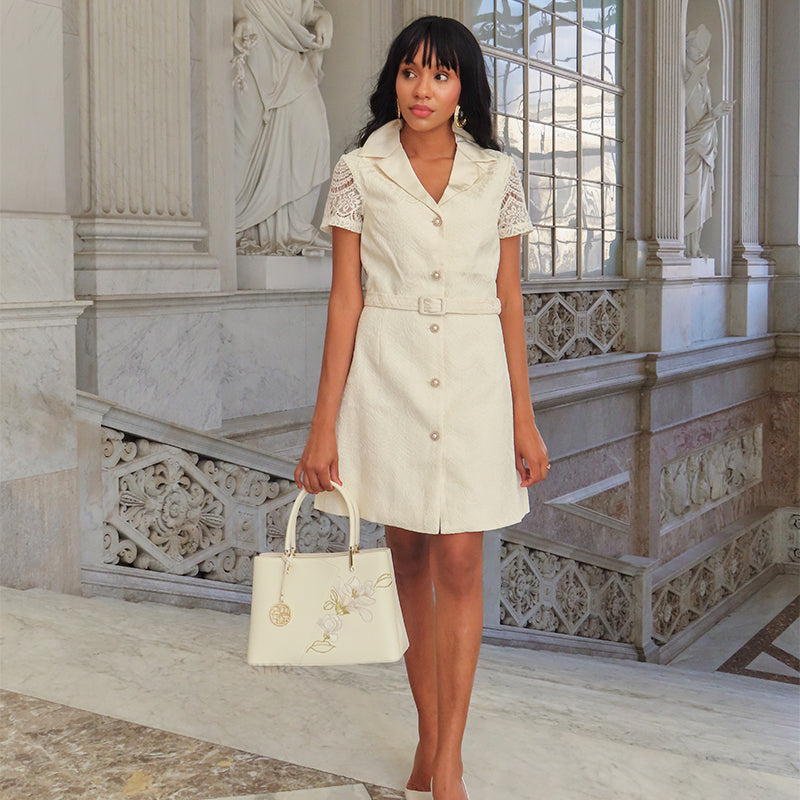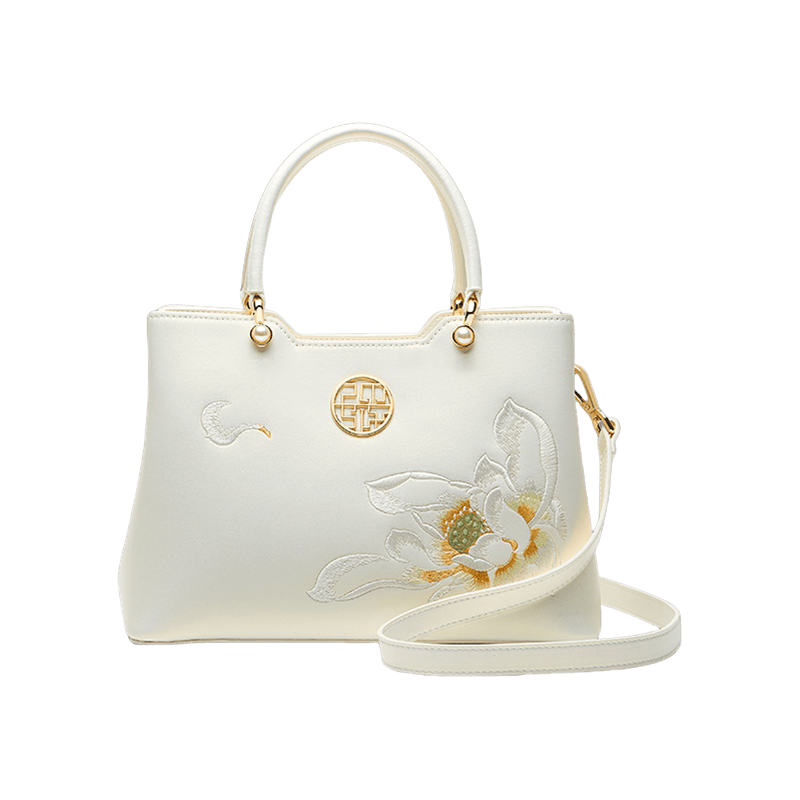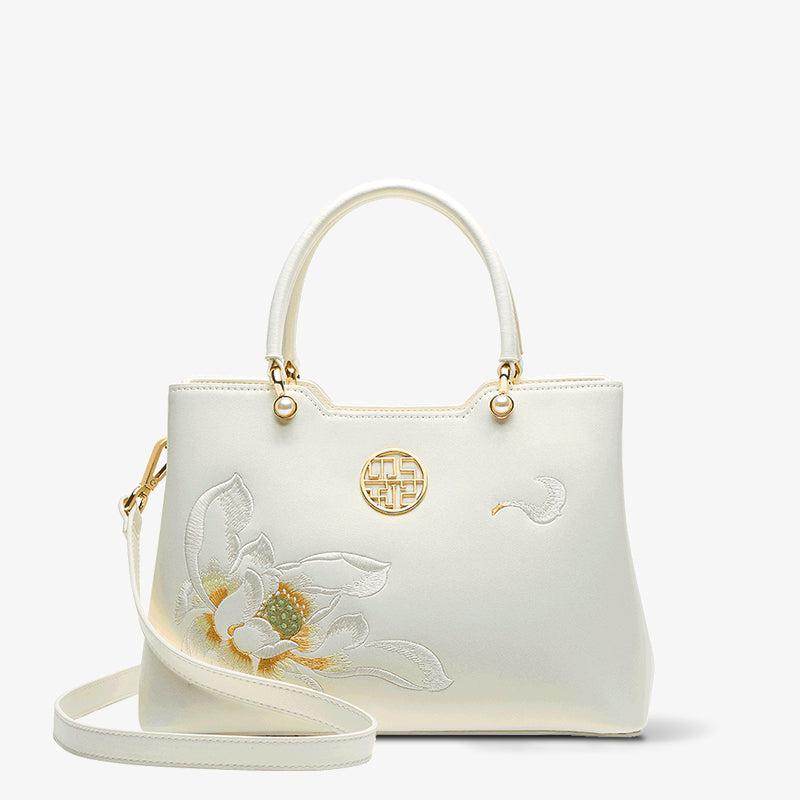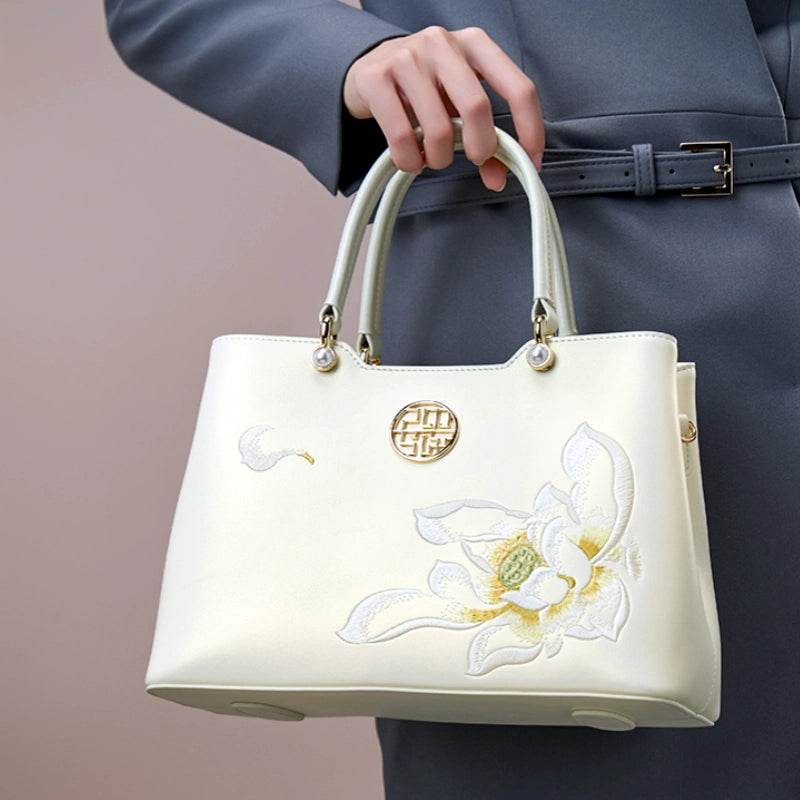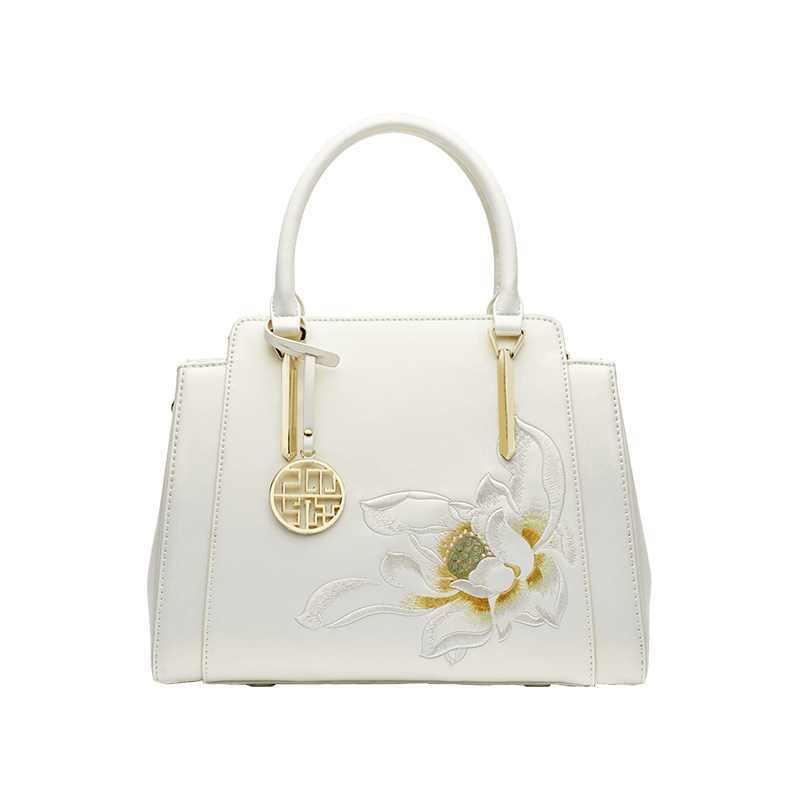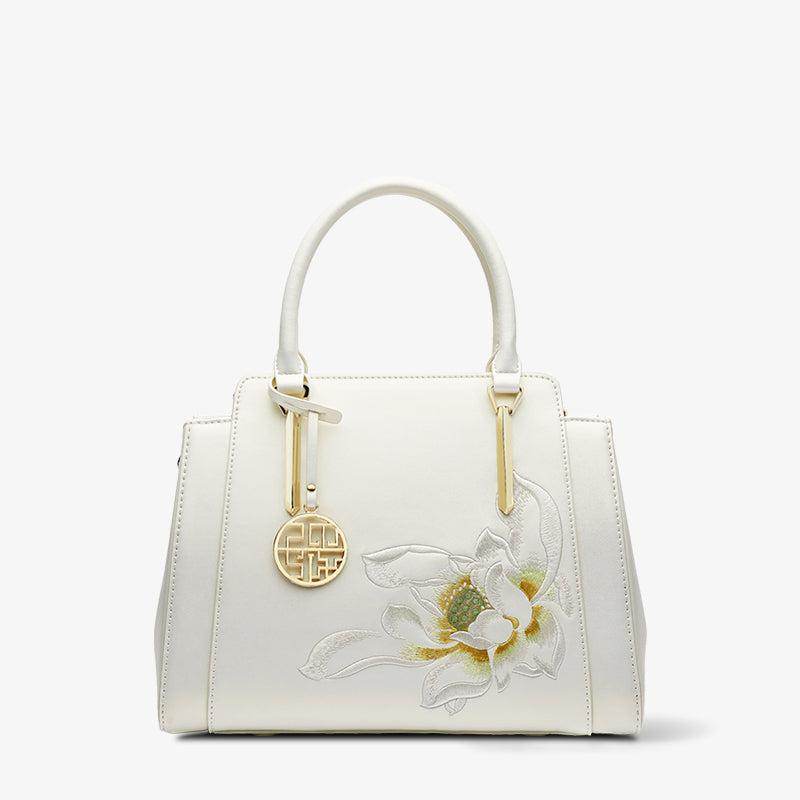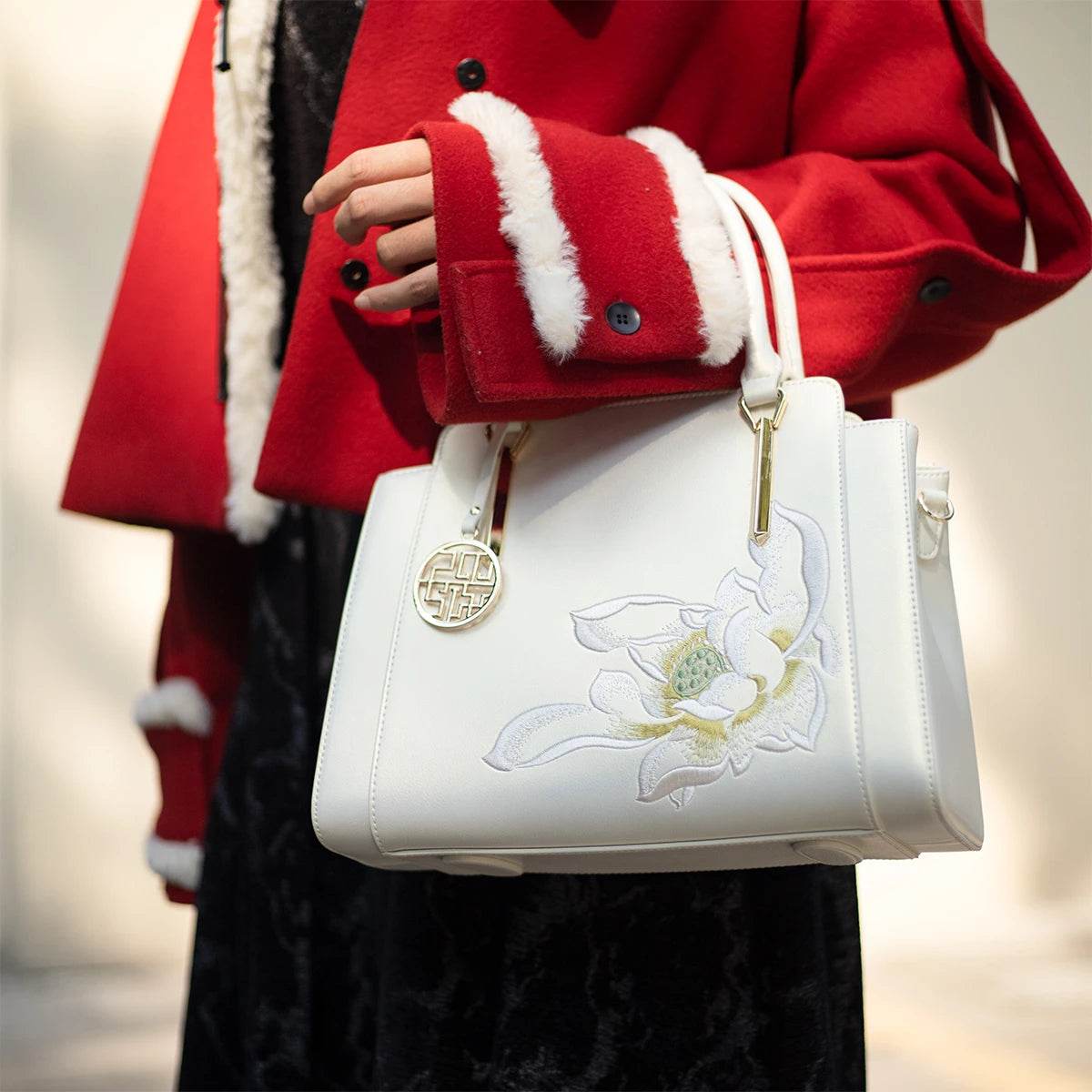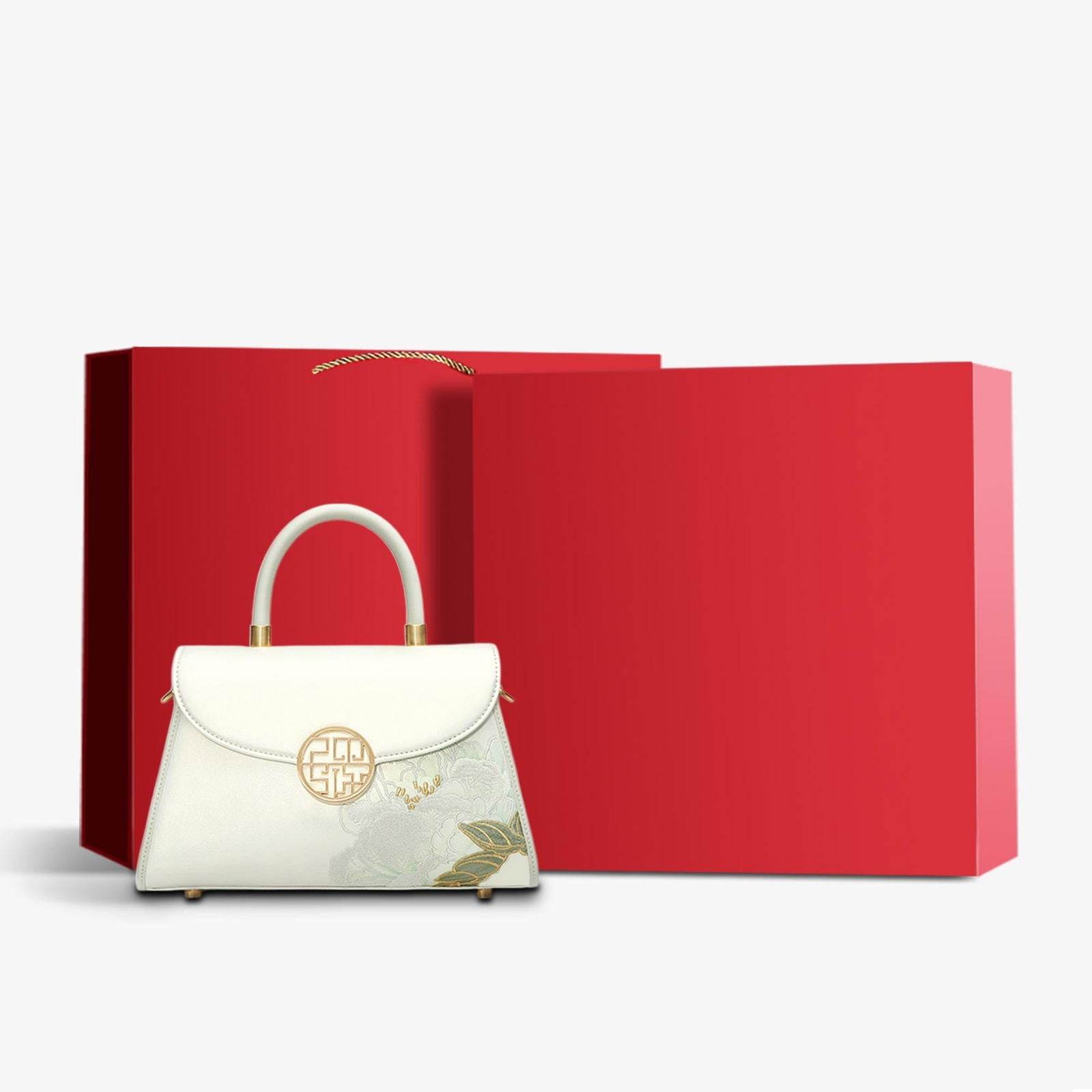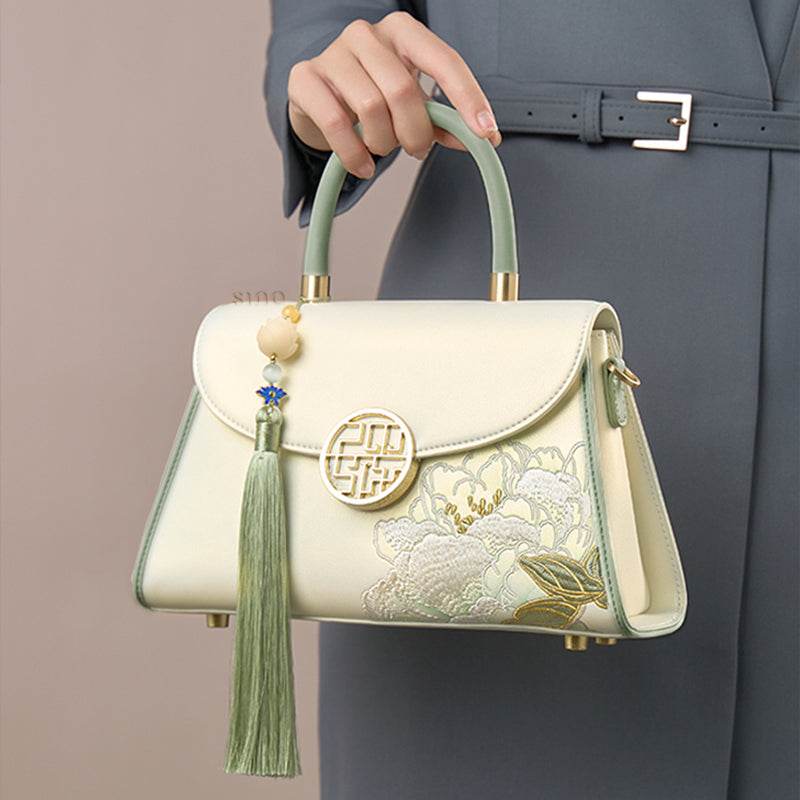I. Introduction to Cantonese Embroidery

A distinctive feature of Cantonese Embroidery, setting it apart from the other three famous styles, is its customization for the Western market. This intermingling of Eastern and Western art and aesthetics gave rise to the celebrated “Manila Shawl” in the history of global trade. In the cultural exchange between the East and West, Cantonese Embroidery not only embodies the essence of Lingnan culture but also integrates Western painting techniques, becoming a coveted haute couture product from China in upper-class society.
II. Historical Significance
The origins of Cantonese Embroidery can be traced back to the Tang Dynasty (618-907 AD), where it was already recognized for its skill and beauty. However, it was during the Ming Dynasty (1368-1644 AD) that Cantonese Embroidery gained international fame. In 1514, a Portuguese merchant purchased a magnificent dragon robe in Guangzhou and presented it to his king, earning great rewards and introducing this art form to the West. The British royal family, particularly Queen Elizabeth I and King Charles I, became ardent admirers and patrons of Cantonese Embroidery, further enhancing its global reputation.
III. Styles and Techniques
-
Guang Embroidery is known for its subtle and elegant color palette with nuanced variations. It predominantly utilizes flat gold thread embroidery techniques, with appropriate padding to create a luxurious effect.

-
Chao Embroidery, on the other hand, is characterized by its vibrant colors and bold designs. It emphasizes raised embroidery, where the padded, raised elements create subtle shifts in light and shadow. This technique enhances the realistic, three-dimensional portrayal of objects, distinguishing Chao Embroidery from other embroidery styles and serving as its most prominent identifying feature.

-
Guang Embroidery: Primarily focused on creating official attire, accessories, and theatrical costumes. It was also commonly used in ancient tributes.
-
Chao Embroidery: Mainly produced for temple and monastery decorations, stage props in theaters, and theatrical costumes. It was less frequently used in ancient tributes compared to Guang Embroidery.
-
Needlework: Cantonese Embroidery boasts about 30 specific types of needlework, including straight twisting stitch, bundled bite stitch, and continuation insertion stitch, among others.

-
Gold and Silver Thread Embroidery: This technique involves using gold and silver threads to outline patterns and create a luxurious effect.

-
Relief Embroidery: By using padding and other techniques, Cantonese Embroidery can create a three-dimensional, bas-relief effect, adding depth and dimension to the designs.
-
Flat embroidery: This technique creates a smooth and flat surface on the embroidery.
-
Braid embroidery: Multiple threads are braided together to create decorative patterns.
-
Others: Techniques like nailing, padding, appliqué, and patchwork are also used in Yue embroidery.
IV. Modern Applications and Innovation
-
Interior decoration: Curtains, tablecloths, carpets, and tapestries made from Yue embroidery add a touch of cultural ambiance and artistic flair to rooms.
-
Gift giving: Yue embroidery pieces make thoughtful and meaningful gifts.
-
Fashion design: Designers are increasingly incorporating Yue embroidery patterns and techniques into fashion and accessories, such as our embroidered handbags and embroidered scarves.
-
Art collection: Exquisite Yue embroidery pieces have high artistic and collection value.
-
International exchange: Yue embroidery serves as a cultural ambassador, promoting Chinese culture and traditional handicrafts through exhibitions and trade.

